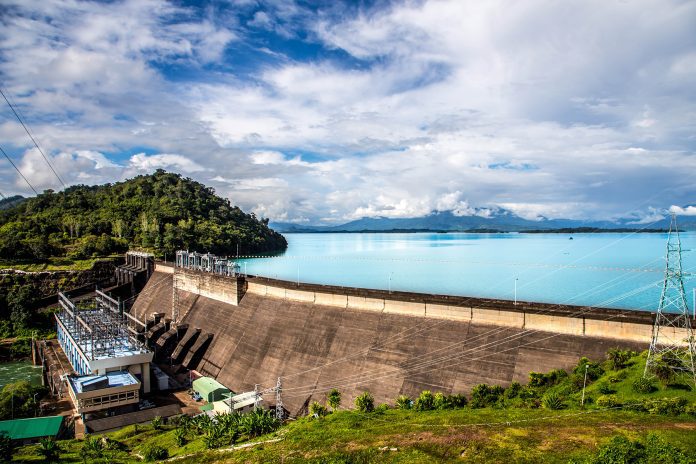Laos to Balance Tourist Appeal, Hydropower Ambitions

Laos is at a crucial time in its economic development, navigating the balance between attracting visitors for Visit Laos Year 2024 and bolstering its hydropower potential.
As the Nam Ngum 1 hydropower plant reservoir in the Keo-oudom district of Vientiane province undergoes significant transformation to boost local tourism, in the southern Sekong province, 54 new hydropower stations are in the pipeline.
A Tourism Boost
The Nam Ngum reservoir, often hailed as “Laos’ sea” for its clear blue waters and sea-like sandy stretches, is emerging as a tourism hotspot. The Deputy Governor of Vientiane province, Phouvong Bounshou, outlined the reservoir’s improvements, which include paved entry and exit roads, ongoing renovations of commercial establishments, and enhancements to local accommodations and transport services. The project, currently at 60 percent completion, is poised to conclude by the end of June.
While the provincial authorities actively promote the expansion of visitor facilities, including the prospect of resorts and bars on the reservoir’s islands, concerns linger about the potential environmental impact, the delicate balance between tourism and hydropower development, and environmental preservation.
Harnessing Energy Potential
Meanwhile, in the south of Laos, Sekong province is pivoting toward enhancing its hydropower potential. With more than 50 hydropower stations in the works, including 28 in the study phase, 15 included in project development agreements, and 11 at the concession agreement stage, Sekong province is poised for a significant surge in energy capacity.
However, as the province already hosts three hydropower plants generating 1,383 GWh per year, supplying electricity to 83.51 percent of households in 164 villages, further concerns arise about the environmental and social implications of intensifying hydropower development in the region.
The benefits of increased electricity accessibility in rural areas of Sekong province are undeniable. Still, as Laos navigates its dynamic course toward sustainable development, green transformation, and economic growth, critical questions emerge about the potential trade-offs between the rapidly-growing tourism sector and the country’s pursuit of hydropower ambitions.
The contrast between these initiatives shows the complexity of Laos’ development strategy as the nation enters Visit Laos Year 2024 and helms this year’s ASEAN chairmanship while continuing to chart its course toward becoming the “battery of Southeast Asia.”
Laos stands at a crossroads, challenged to forge a path that embraces progress while safeguarding its ecosystems and rich cultural heritage.
Source: Laotiantimes.com


